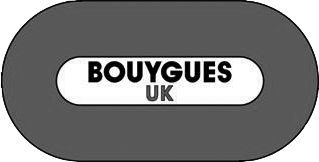Helical Piles in Extreme Weather
May 3, 2019 3:04 pmHelical piles have been around for many years, but they are yet to reach their full capacity as the excellent, ground-breaking examples of engineering that they are. They are used in many environments, including houses, bridges, telegraph poles and wind turbines, due to their versatility. But how to helical piles perform in extreme weather conditions?
Sub-zero Temperatures
Mixing and pouring concrete in cold climates can be tricky and fairly costly. When temperatures drop below zero, concrete must be kept from freezing throughout each stage of installation. If concrete is allowed to freeze, it may be damaged to such a degree that it is no longer fit for purpose. Helical piles, on the other hand, can be installed irrespective of the country’s climate or weather conditions.
Earthquakes
It is common knowledge to those in the industry that buildings with helical pile foundations are far less likely to be damaged by earthquakes. After the Christchurch earthquake of 2011, which took no less than 185 lives, experiments were carried out to prove the effectiveness of helical piles.
A team of experts led by Dr Amy Carato constructed a “giant sandbox” with ten helical piles and used a shake table to mimic the Christchurch disaster. As anticipated, the helical piles performed exceptionally well, with only inconsequential earth disturbance. The conclusion is that helical piles are a fantastic choice in earthquake prone areas.
Heavy Rainfall
Helical piles are treated to withstand high moisture below ground level. This means that, even in climates with heavy or frequent rainfall, they perform well. If the soils near the surface aren’t fit to stand the weight of the building then helical piles are the ideal option.
The versatility of helical piles with regards to climate, as well as fast installation, little disruption or noise and no waste soil to dispose of, all result in a convenient and cost-effective building solution.
Categorised in: helical piles




















